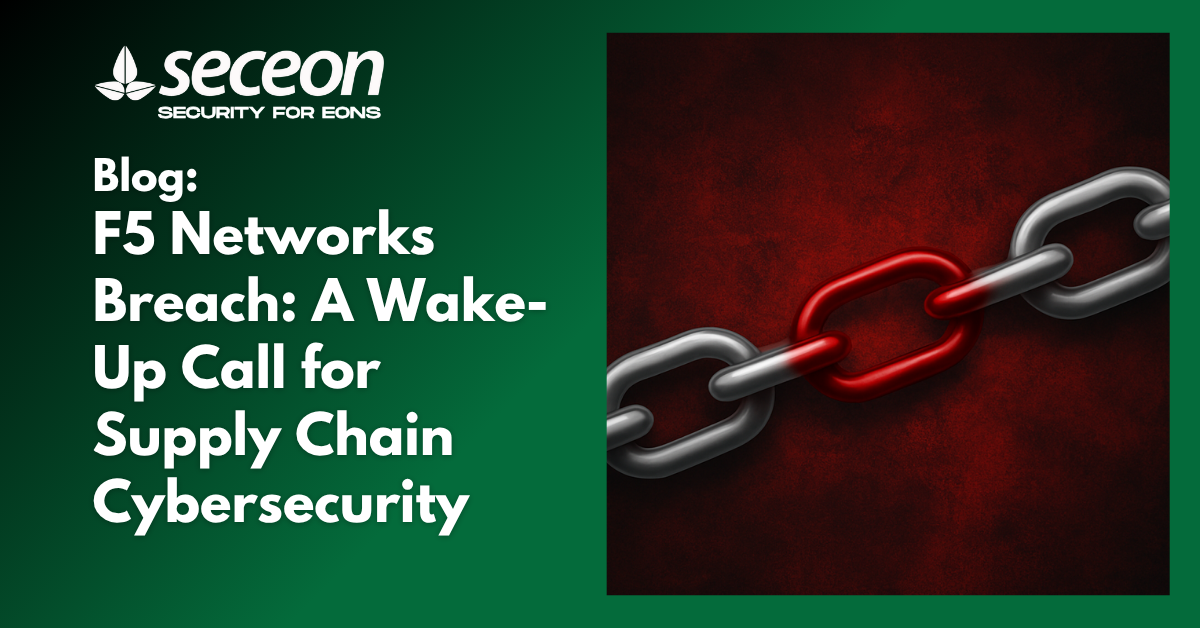
When a foundational technology provider like F5 Networks, whose systems power government agencies, critical infrastructure, and enterprises worldwide, suffers a cyber breach, the ripple effects extend far beyond a single organization. This latest attack has once again exposed the growing vulnerabilities within global technology supply chains and the urgent need for unified, proactive cybersecurity visibility.
F5 confirmed this week that its internal systems were breached in what experts are calling a significant supply chain-related intrusion. While investigations are still ongoing, early reports suggest that attackers may have gained unauthorized access to F5’s software environments, potentially impacting the trust and security of services that rely on its technologies for application delivery and security management.
This breach highlights a critical issue: when the vendors that secure your network become targets themselves, the entire ecosystem is at risk.
Unlike traditional cyberattacks that target endpoints or specific assets, supply chain breaches strike at the core by infiltrating trusted providers, updates, or shared services to silently compromise hundreds of downstream organizations.
These attacks exploit implicit trust. Organizations rarely question the legitimacy of data flowing from their vendors or system updates. Attackers know this, and they leverage it to embed malware, exfiltrate data, or create persistence across multiple environments before anyone notices.
The F5 breach echoes earlier supply chain crises, from SolarWinds to MOVEit, reminding us that even well-defended enterprises can be compromised through trusted connections.
In many environments, security tools remain siloed with network monitoring in one place, endpoint protection in another, and cloud activity tracked separately. This fragmented visibility creates blind spots that attackers exploit to move laterally and stay undetected.
That is why incidents like F5’s are not just vendor failures. They are system-wide wake-up calls urging enterprises to rethink how they unify detection and response across every layer of digital operations.
A breach like this unfolds in stages, including reconnaissance, credential access, privilege escalation, and lateral movement. Each of these stages leaves behind behavioral traces that a unified, AI-driven platform can detect early.
If continuous threat monitoring, correlation across endpoints, network flows, and SaaS activity were in place, organizations could have
Seceon’s platform was built for exactly these scenarios.
By converging SIEM, SOAR, XDR, and UEBA into a single intelligent solution, Seceon gives organizations the visibility and speed they need to stay one step ahead of evolving threats including sophisticated supply chain attacks.
With Seceon, organizations gain
Had such unified visibility and automated response been active across impacted environments, the F5 breach’s lateral movement and persistence attempts could have been contained much sooner, limiting exposure, data loss, and business disruption.
The F5 breach is not an isolated event. It is a warning shot for the digital economy.
In an interconnected world, trust alone is not a security strategy. Organizations need platforms that see, correlate, and act automatically and in real time.
That is where Seceon empowers enterprises, MSPs, and MSSPs alike:
by making proactive, unified cybersecurity achievable for every organization that depends on digital trust.
Stay protected. Stay visible. Stay ahead.
Discover how Seceon unifies detection, response, and compliance in one intelligent platform.
